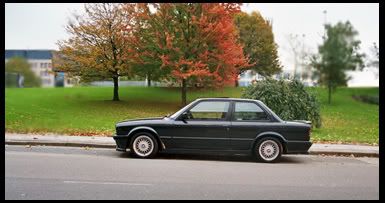This probably isn't going to get too much traffic here but I thought I'd post up anyways.
What is the correlation between the front and rear spring rates? I know the rears are stiffer, but is there a percentage or relationship between the two? Just wanted to bring up this discussion to help me and other people pick custom spring rates.
Now I know I could just opt for a standard kit OR even pick arbitrary numbers with the rear being stiffer- but once in a while it's nice to know wtf is going on. It's obviously going to be different for cars with different engines/weights etc, but just wanted to know sort of a general rule.
Thanks
What is the correlation between the front and rear spring rates? I know the rears are stiffer, but is there a percentage or relationship between the two? Just wanted to bring up this discussion to help me and other people pick custom spring rates.
Now I know I could just opt for a standard kit OR even pick arbitrary numbers with the rear being stiffer- but once in a while it's nice to know wtf is going on. It's obviously going to be different for cars with different engines/weights etc, but just wanted to know sort of a general rule.
Thanks



Comment